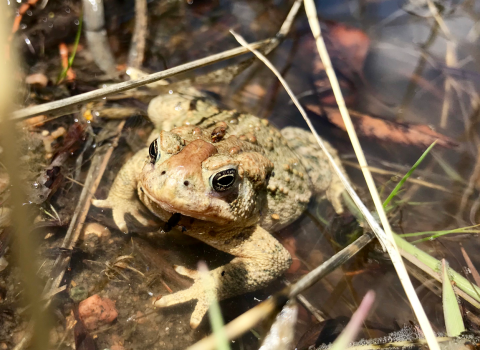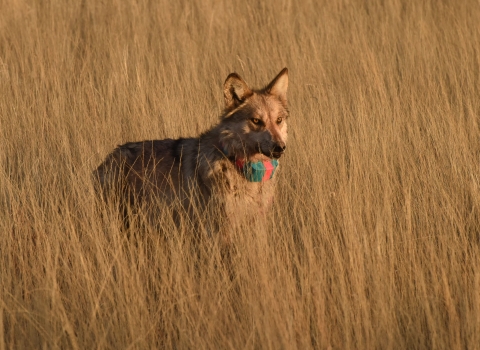DENVER — Today the U.S. Fish and Wildlife Service (Service) is announcing the availability of a draft recovery plan for the Meltwater Lednian Stonefly (Lednia tumana) and Western Glacier Stonefly (Zapada glacier). The Service invites the public to provide comments for the next 60-days; the draft recovery plan is available for public review on ECOS ECOS
Environmental Conservation Online System (ECOS) serves a variety of reports related to FWS Threatened and Endangered Species.
Learn more about ECOS .
The Meltwater Lednian Stonefly and Western Glacier Stonefly (Montana stoneflies) are small insects of the Nemouridae family that require cold, flowing water to survive. These species are found exclusively in high-elevation alpine streams flowing from glaciers and snowfields in Montana, Wyoming, and southwest Alberta. Known populations primarily reside on lands managed by the National Park Service, U.S. Forest Service, and Confederated Salish and Kootenai Tribes.
Montana stoneflies require cold meltwater from glaciers and snowfields to survive, typically living no further than 500 feet downstream of these sources. Habitat degradation due to climate change climate change
Climate change includes both global warming driven by human-induced emissions of greenhouse gases and the resulting large-scale shifts in weather patterns. Though there have been previous periods of climatic change, since the mid-20th century humans have had an unprecedented impact on Earth's climate system and caused change on a global scale.
Learn more about climate change remains the primary threat to these species. Climate change continues to significantly impact cold meltwater availability in the range of these species by reducing glaciers and snowfields from warming temperatures and fluctuating snowfall. Scientists project these meltwater sources to be melted as soon as 2030. These species cannot adapt to these changes as they already exist in the highest alpine environment possible.
The draft recovery plan outlines the recovery criteria for these species as maintaining stable or increasing meltwater sources of at least 1,250 hectares across the species’ known range and at least 35 miles of occupied stream miles for both species. The proposed recovery actions include surveying for additional populations, researching thermal tolerance limits, identifying potential translocation areas, and exploring controlled propagation options.
Recovery plans are non-regulatory documents that act as a guidebook towards a shared goal of ensuring a species' long-term survival in the wild. It outlines site-specific management actions that contribute to the recovery of the species, describes the time and cost estimates for implementing those actions, and outlines measurable criteria for delisting.
The Service continues to work closely with the National Park Service, U.S. Forest Service, and Confederated Salish and Kootenai Tribes and greatly appreciates the efforts of these agencies in supporting recovery planning and actions.
The notice of availability for the draft recovery plan will be published tomorrow in the Federal Register and is available for public inspection today in the Reading Room. The public comment period will be open for 60 days. Comments may be submitted via e-mail to ben_conard@fws.gov, or by U.S. mail to Ben Conard, Acting Project Leader; Montana Ecological Services Field Office; 585 Shepard Way, Suite 1; Helena, MT 59601.
The mission of the U.S. Fish and Wildlife Service is working with others to conserve, protect, and enhance fish, wildlife, plants, and their habitats for the continuing benefit of the American people. For more information on our work and the people who make it happen in the West, connect with us through any of these social media channels: Facebook, Twitter, Flickr, YouTube, and Instagram.



